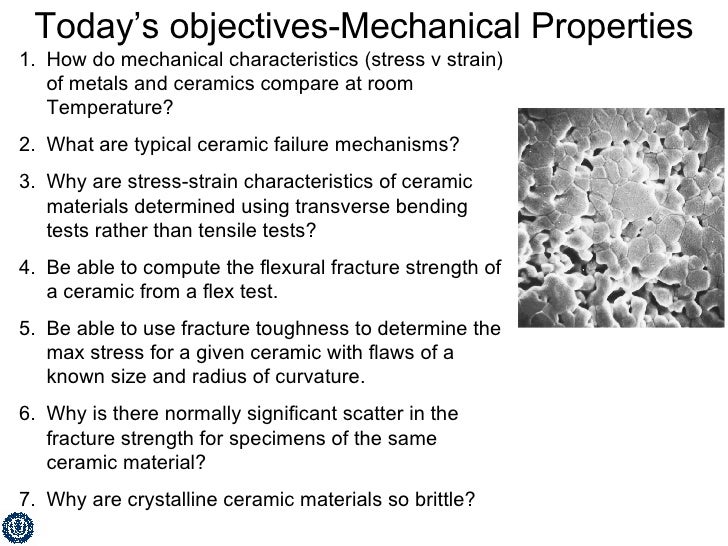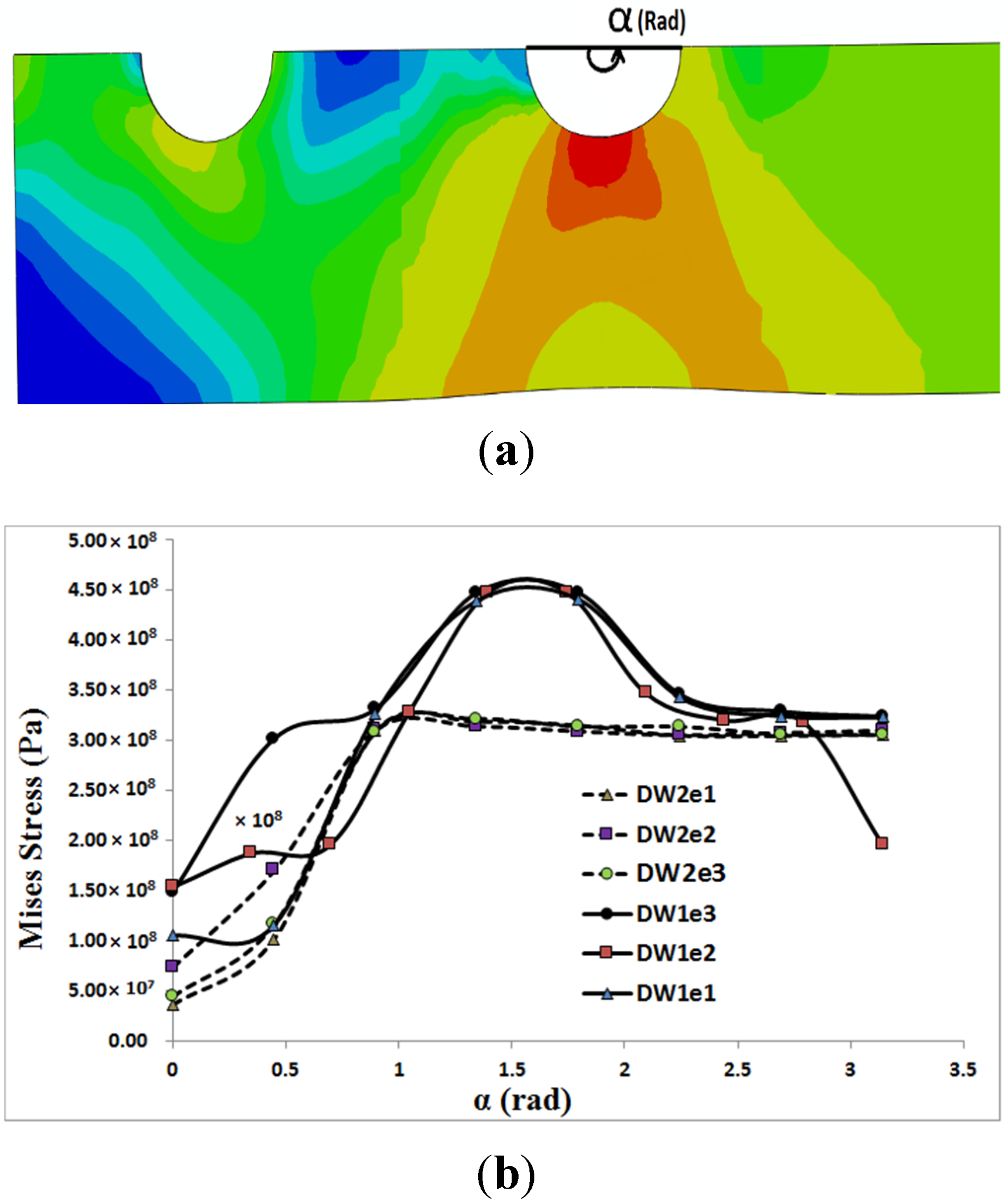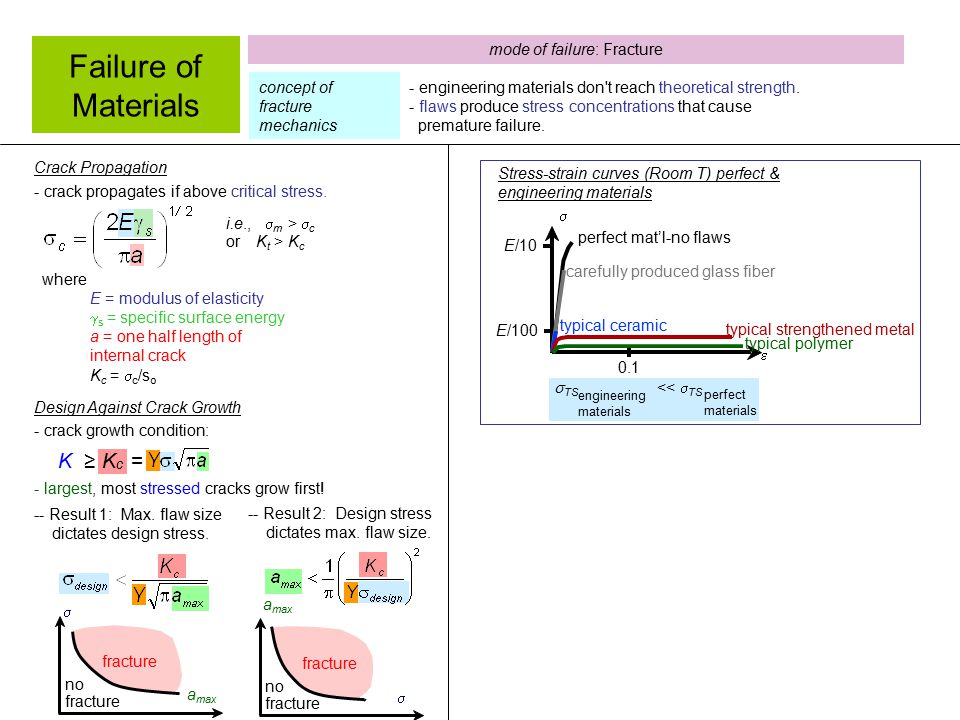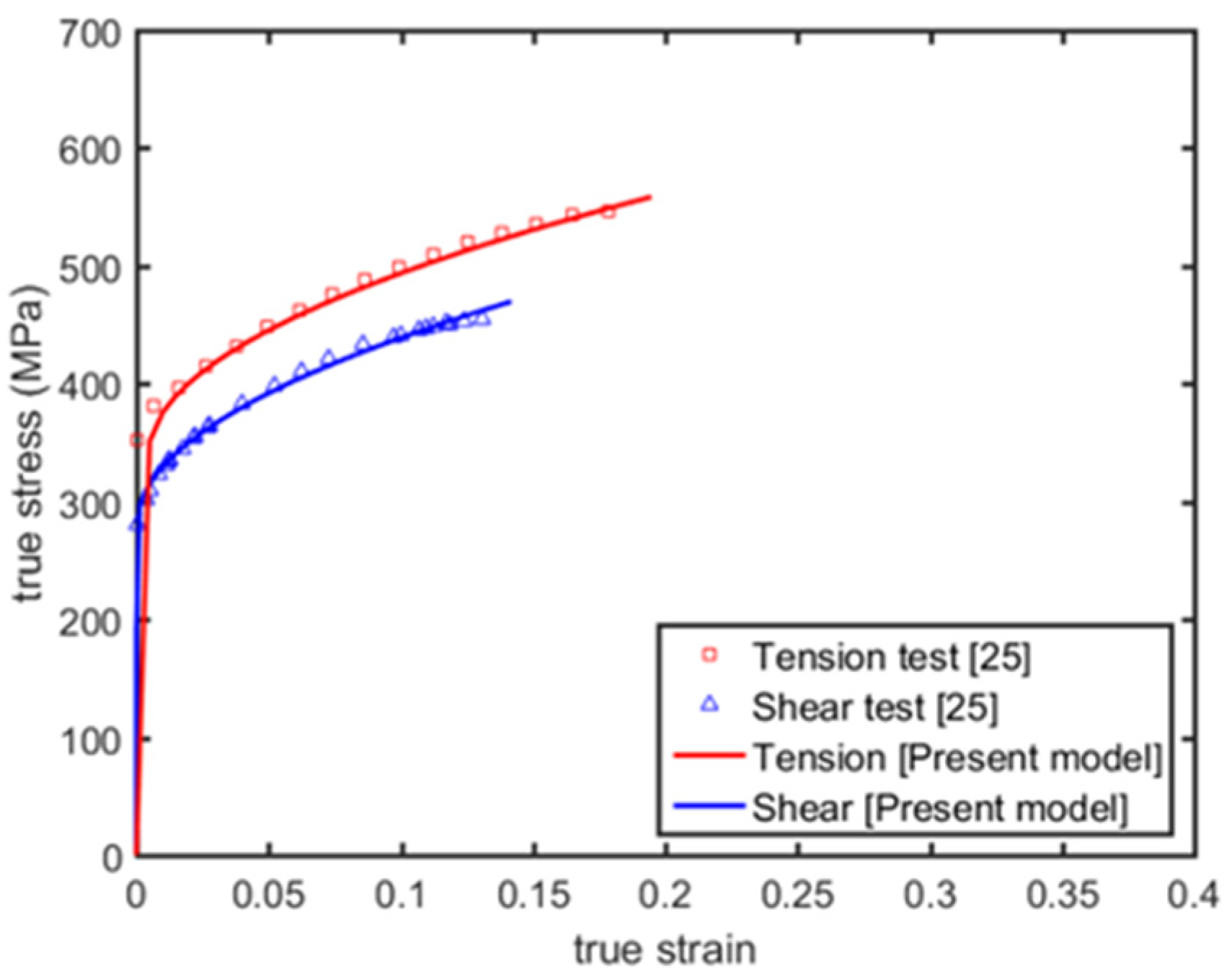Ceramic Failure Mode Tension
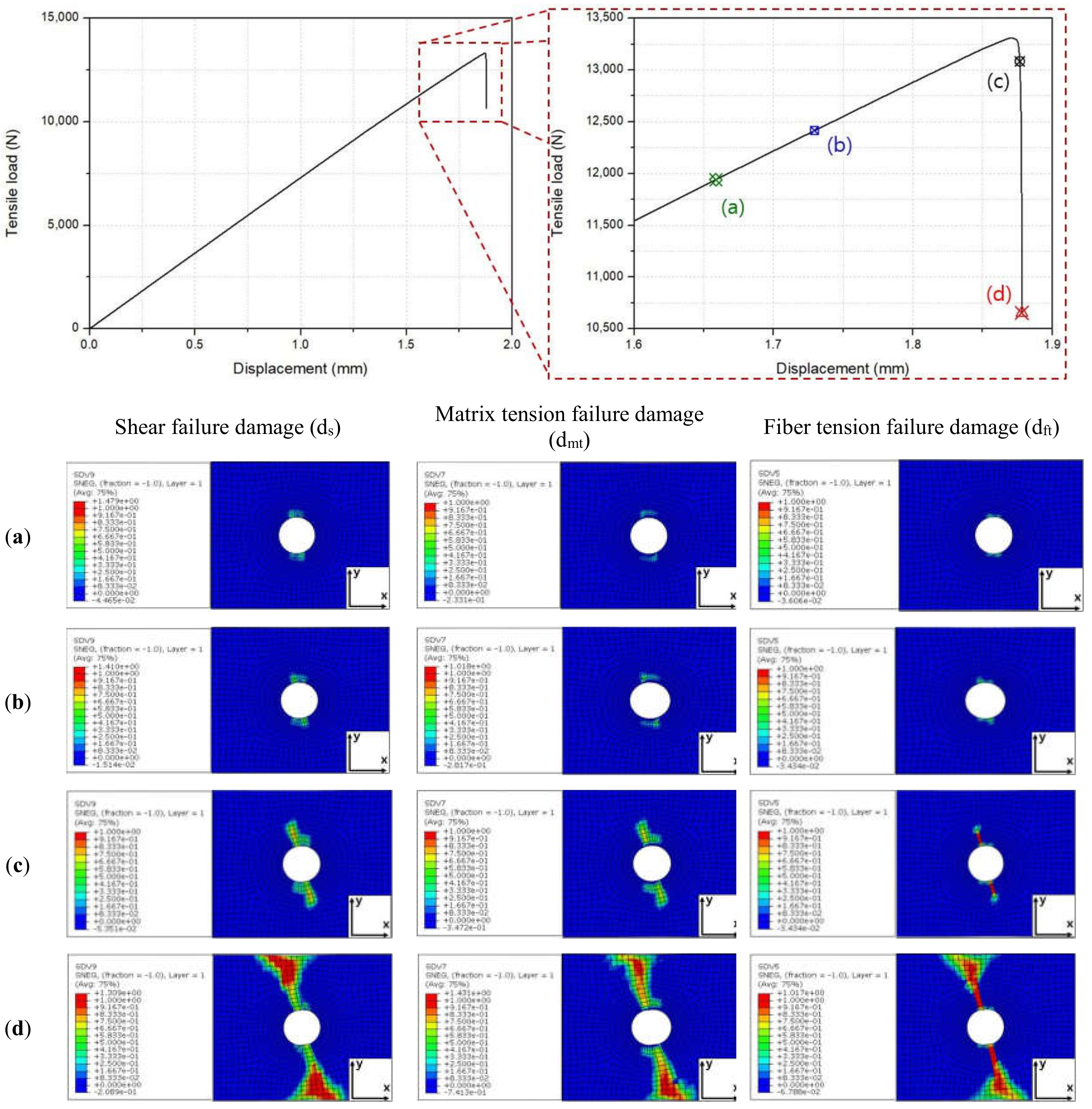
This tendency is made worse by ag pd being a much better conductor of heat 400 w m k than ceramic 4 5 w m k so that a thermal gradient will exist across the ceramic layer.
Ceramic failure mode tension. For these laboratory ceramics two types of failure modes called avalanche breakdown or abd and thermal runaway or tra were found. A basis for materials design of dental crowns. The possibilities of this is very rare if the structure is designed properly. If the terms used to describe the failure mode are meaningful it will be possible to identify that linkage.
This failure mode is called shear tension. Let s look at a simple pore. Unlike non prestressed flexural elements the initiation of a web shear crack leads to an immediate and unstable crack propagation across the section. Tensile forces encourage crack formation and propagation.
To evaluate the effect of the specimen design on the flexural strength σf and failure mode of ceramic structures testing the hypothesis that the ceramic material under tension controls the mechanical performance of the structure. Clearly the failure mode is linked directly to the failure mechanism. The next steps are the presence of the failure mode and occurrence of the failure. Click a pore can exist in anything but let s consider a non crystalline phase for the time being.
When this composite structure is heated the electrodes tend to force the capacitor apart. The fracture resistance failure mode and failure origin in bilayered ceramics tested to represent the clinical failure mode of all ceramic crowns and fpds are dependent upon the interfacial surface roughness and the modulus of the material in tension. Around 20 ppm c and ceramic with a cte of 10 12 ppm c. The tensile experimental results revealed that the zirconium diboride silicon carbide ceramic composite is rate sensitive in terms of the tensile strength and failure mode.
Failure modes in ceramic based layer structures. Transverse fracture in multilayers from tension and line wedge indentation international journal of fracture 10 1007 s10704 007 9129 7 145 4. There are two important factors to consider when choosing the terminology used to. The dynamic tensile strength increases linearly with the loading rate and changes from 195 mpa at 7 53 gp s 1 to 654 mpa at 74 71 gp s 1.
Ceramics are weak in tension and strong in compression. For a beam without stirrups if a shear tension crack initiates in the web it will therefore lead to the collapse of the element. Moreover the dynamic tensile strength decreases with the increase in critical fracture time which conforms to tuler and butcher s fracture criterion.

